If you’ve ever considered adding creatine to your supplement stack, you’ve probably come across the term creatine loading phase. But what exactly does it mean, and is it necessary? More importantly, how does it impact muscle strength, endurance, and recovery? Whether you're new to creatine or looking to maximize its benefits, understanding the creatine loading process can help you make the most of this powerhouse supplement.
Breaking Down Creatine: What It Does for Your Muscles
Creatine is a naturally occurring compound found in muscle cells that helps produce adenosine triphosphate (ATP)—the primary energy source for high-intensity workouts. While your body produces creatine and you get some from foods like red meat and fish, supplementation significantly increases stored creatine phosphate levels in muscles. This translates to enhanced strength, power, and recovery, allowing you to train harder and perform better.
The Science Behind the Creatine Loading Phase
The creatine loading phase is a short-term strategy designed to rapidly saturate muscle stores with creatine. Instead of waiting weeks for creatine levels to gradually build up, loading allows you to reach peak muscle saturation in just 5–7 days.
During this phase, you consume higher doses of creatine—typically 20g per day split into four 5g servings—to quickly flood your muscles. After the loading period, you transition into a maintenance phase, where you take a smaller daily dose (typically 3–5g per day) to sustain elevated creatine levels.
Benefits of the Creatine Loading Phase
1. Faster Muscle Saturation
The primary advantage of creatine loading is that it speeds up the process of building up muscle creatine stores. Instead of waiting for weeks on a standard dose, this method helps you see results sooner, including improved workout performance and faster recovery times.
2. Increased Strength and Power Output
Once your muscles are saturated with creatine, you’ll experience noticeable improvements in strength, power, and explosive movements. This is particularly beneficial for activities like weightlifting, sprinting, and high-intensity interval training (HIIT), where rapid bursts of energy are required.
3. Improved Muscle Recovery
Creatine isn’t just about boosting strength; it also plays a crucial role in reducing muscle soreness and inflammation post-workout. By maintaining optimal ATP production, your muscles recover more efficiently, allowing you to train harder and more frequently.
4. Enhanced Endurance and Stamina
By improving energy availability, creatine allows your muscles to resist fatigue for longer durations. This makes it a game-changer for endurance-based activities such as cycling, running, and team sports.
5. Greater Muscle Volume and Hydration
Creatine draws water into muscle cells, increasing muscle fullness and overall hydration. This can contribute to a more muscular, pumped appearance, making it a popular supplement among bodybuilders and strength athletes.
Creatine Loading: Is It Necessary for Everyone?
While the creatine loading phase accelerates results, it’s not mandatory. Some individuals prefer the slow-loading approach, where they take 3–5g per day from the start. This method still leads to muscle saturation but takes about 3–4 weeks to reach peak levels instead of just one week.
If you’re looking for fast-tracked performance gains, creatine loading is a great choice. However, if you want a gradual approach with a lower likelihood of initial water retention, the slow-loading method may be preferable.
Choosing the Right Type of Creatine
Not all creatine supplements are created equal. The quality, purity, and absorption rate of your creatine play a major role in how effectively your body utilizes it.
1. Creatine Monohydrate
-
The most researched and proven form of creatine
-
Highly effective for strength, endurance, and muscle recovery
-
Ideal for both loading and maintenance phases
-
Often micronized for better solubility and digestion
2. Creatine Monohydrate + HCL
-
Combines traditional creatine monohydrate with hydrochloride (HCL) for superior absorption
-
Requires smaller doses due to enhanced bioavailability
-
Reduces bloating and water retention, making it ideal for individuals sensitive to creatine monohydrate
When selecting a creatine supplement, look for one that is third-party tested, free from unnecessary fillers, and highly soluble for optimal absorption.
How to Load Creatine Effectively
If you decide to go with the creatine loading phase, here’s how to do it correctly:
Loading Phase (Days 1–5)
-
Take 20g per day, split into four 5g servings
-
Consume with a carbohydrate source (e.g., fruit juice) for improved uptake
-
Stay hydrated to minimize potential bloating
Maintenance Phase (Day 6 onwards)
-
Take 3–5g per day to maintain muscle saturation
-
Continue hydration and balanced nutrition for optimal results
Final Thoughts: Should You Load Creatine?
The creatine loading phase is a highly effective strategy for those looking to maximize strength, power, and endurance quickly. While not essential, it allows you to reach peak muscle saturation faster, translating into faster performance gains and recovery benefits.
For best results, choose high-quality creatine supplements, ensure proper hydration, and pair it with a balanced diet to fuel your training.
Train harder. Recover faster. Perform stronger.


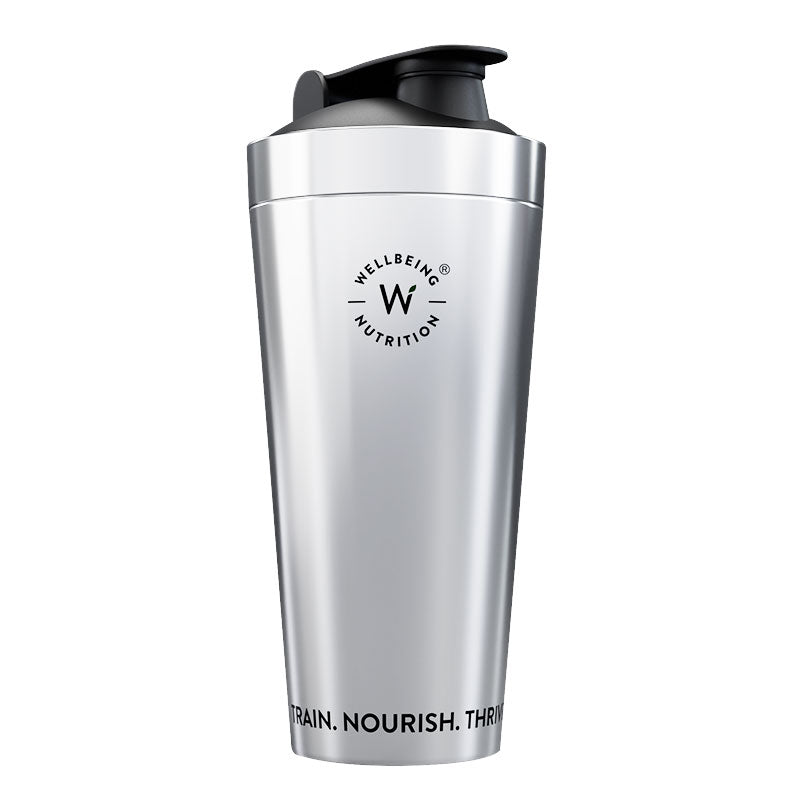




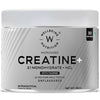
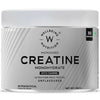





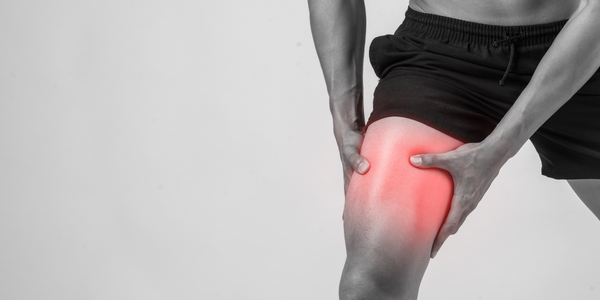
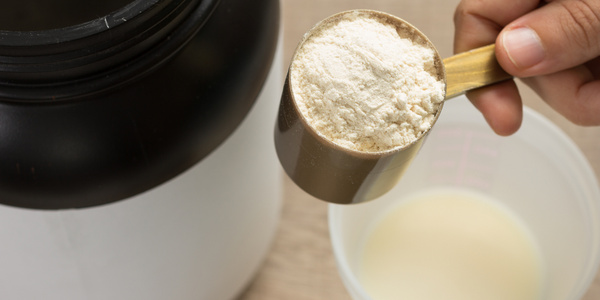
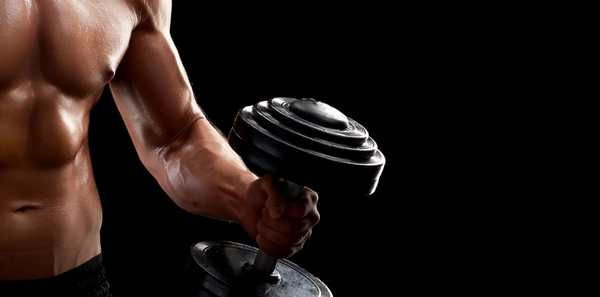
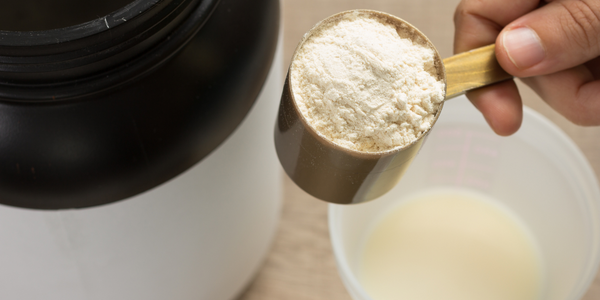
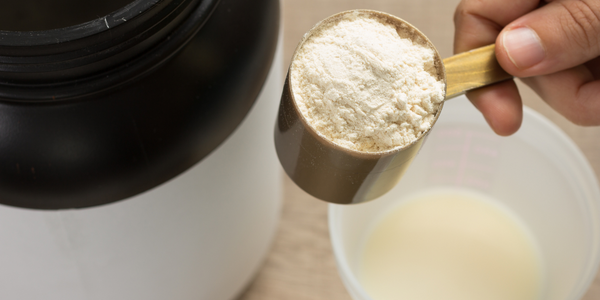

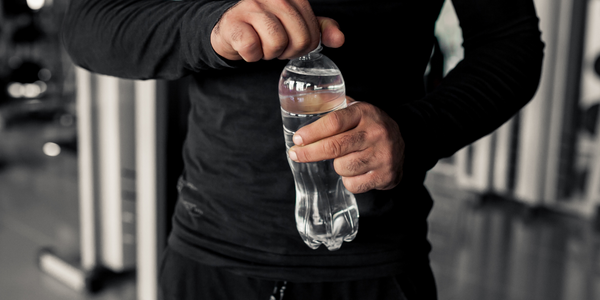
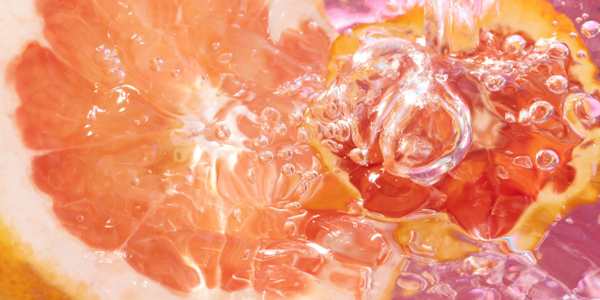
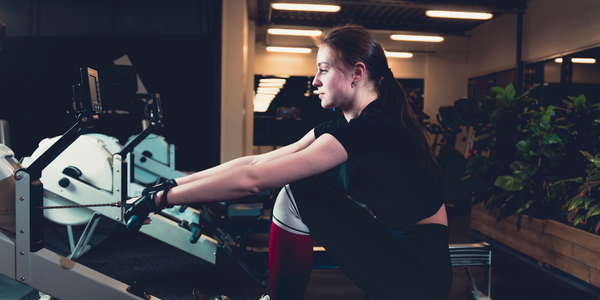






 DOWNLOAD NOW
DOWNLOAD NOW
